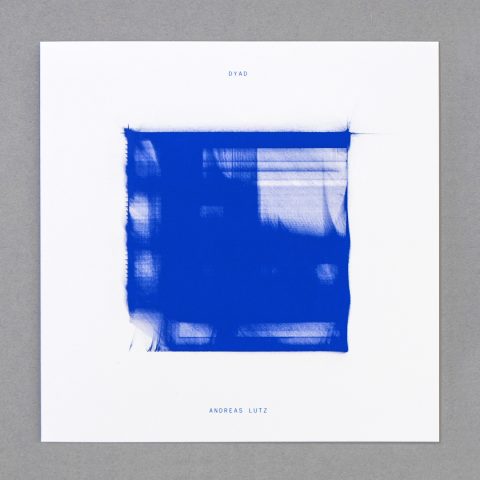Along with the music on the SD Card you get a bit of software called Dyad, which is “inspired by the concept of wave-particle duality, which states that a quantum object can have two different characteristics at the same time, the series also can be seen as an aesthetic approach for analysing the time-based mutual interactions between two seemingly separated perception forms.”
You can see what you hear and you can play around with the speed of the sound and the intensity of colour, so it acts as a time-stretching thing. It looks a bit like an oscilloscope. I am not sure how to change the colour scheme or if it’s possible to add visual material myself. From the information, I gather some sort of similar process can be done with the sound. Play the pieces, composed by Andreas Lutz, from the SD card in Dyad and you get the drift.
This is some very extreme music. For people such as myself, living in old houses without much isolation, the extreme high and low frequencies produced by Lutz can cause a problem with the neighbours. Extreme high and low-end sine waves in these fourteen pieces are not easy to digest. I turned the volume quite a bit down and that took away some fun of hearing the music.
It all sounded akin to the works of Pan Sonic, especially when it came to using short repeated segments (i.e. loops and rhythms), Ikeda (the high versus low end) and Alva Noto (a combination of long-form sine wave sounds and rhythms). Sometimes it all sounds very well organized but at other times a bit clumsy and naive. This is a strange one, and I am not too sure about it. Yet.
— Frans de Waard via Vital Weekly
